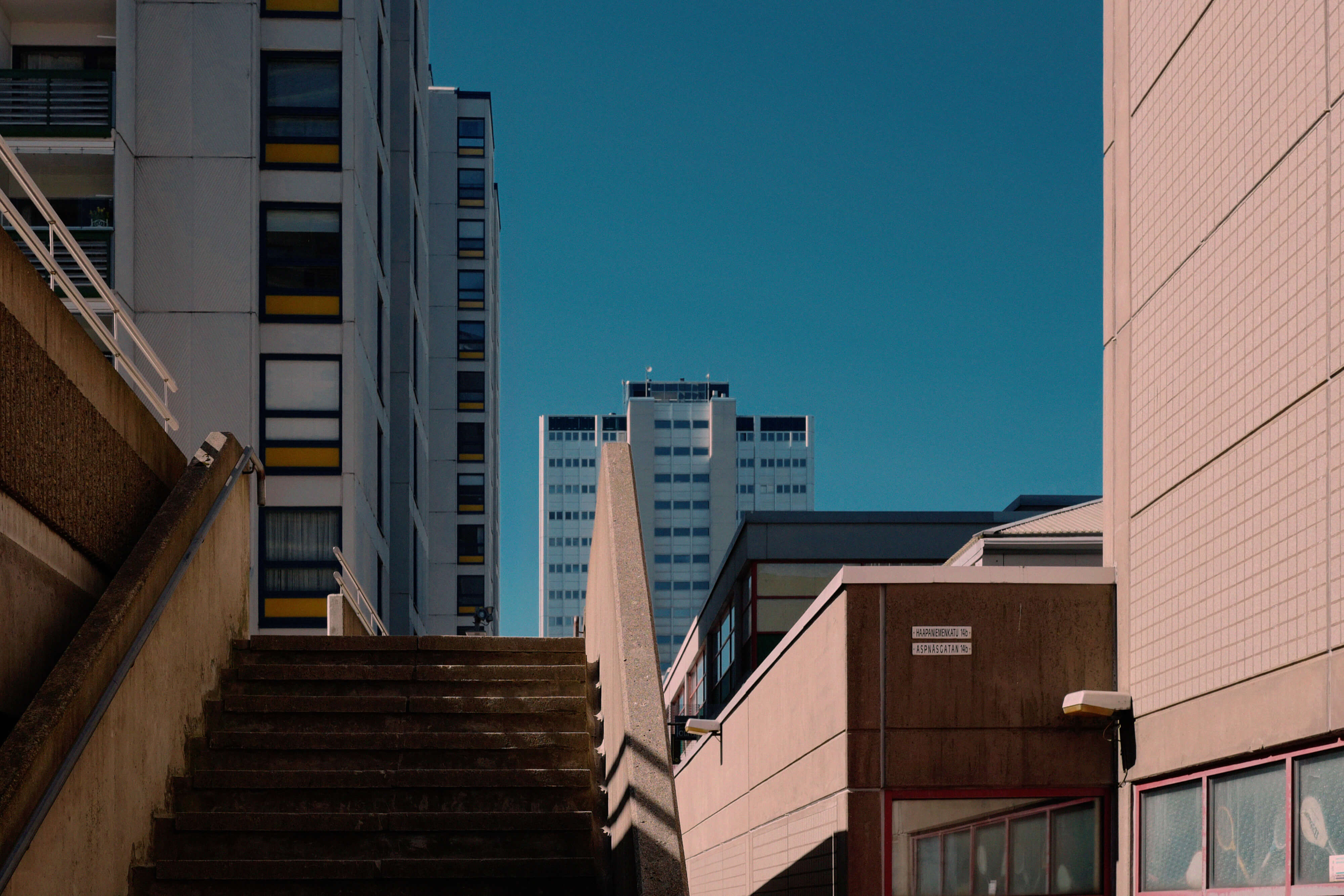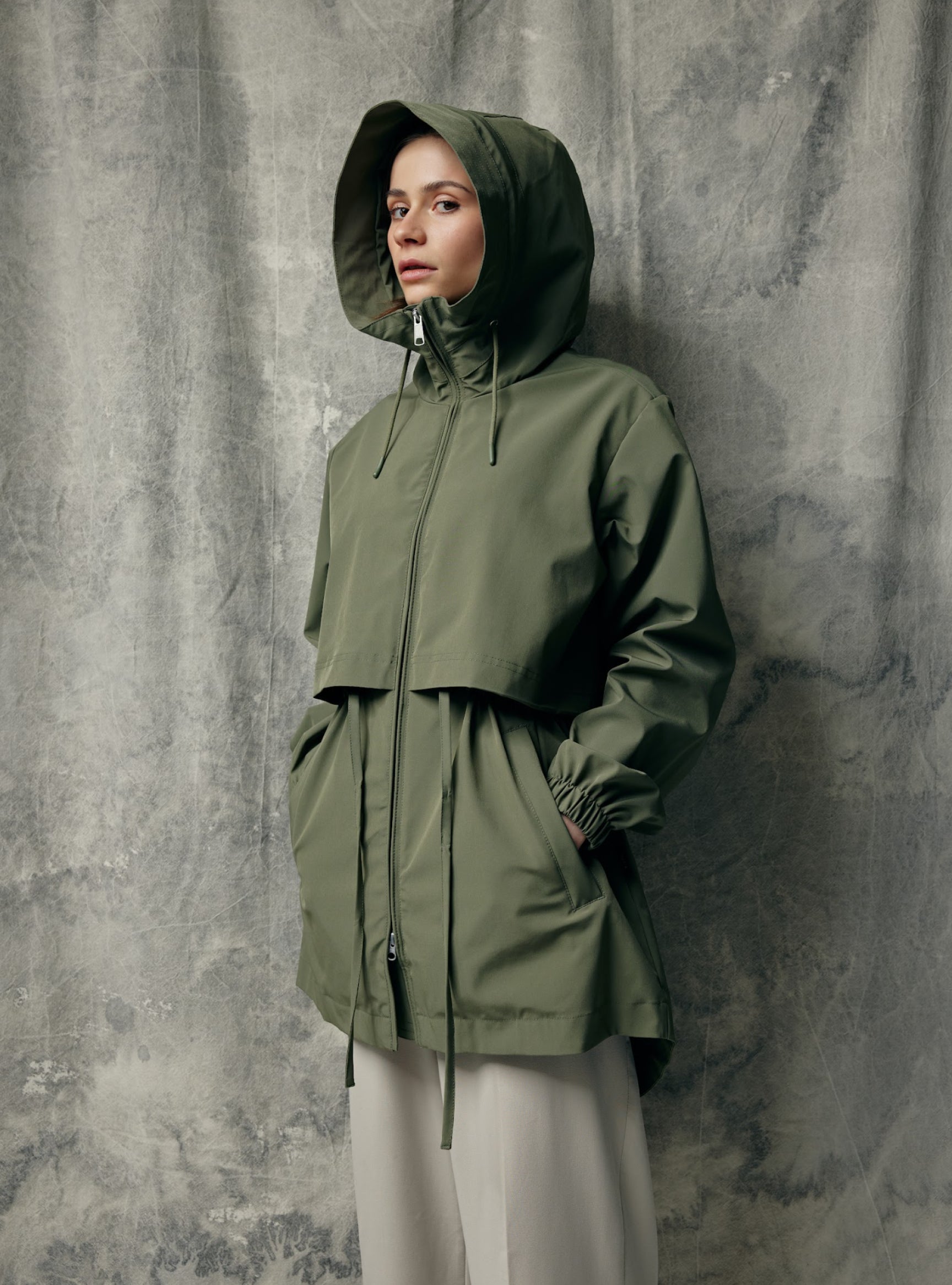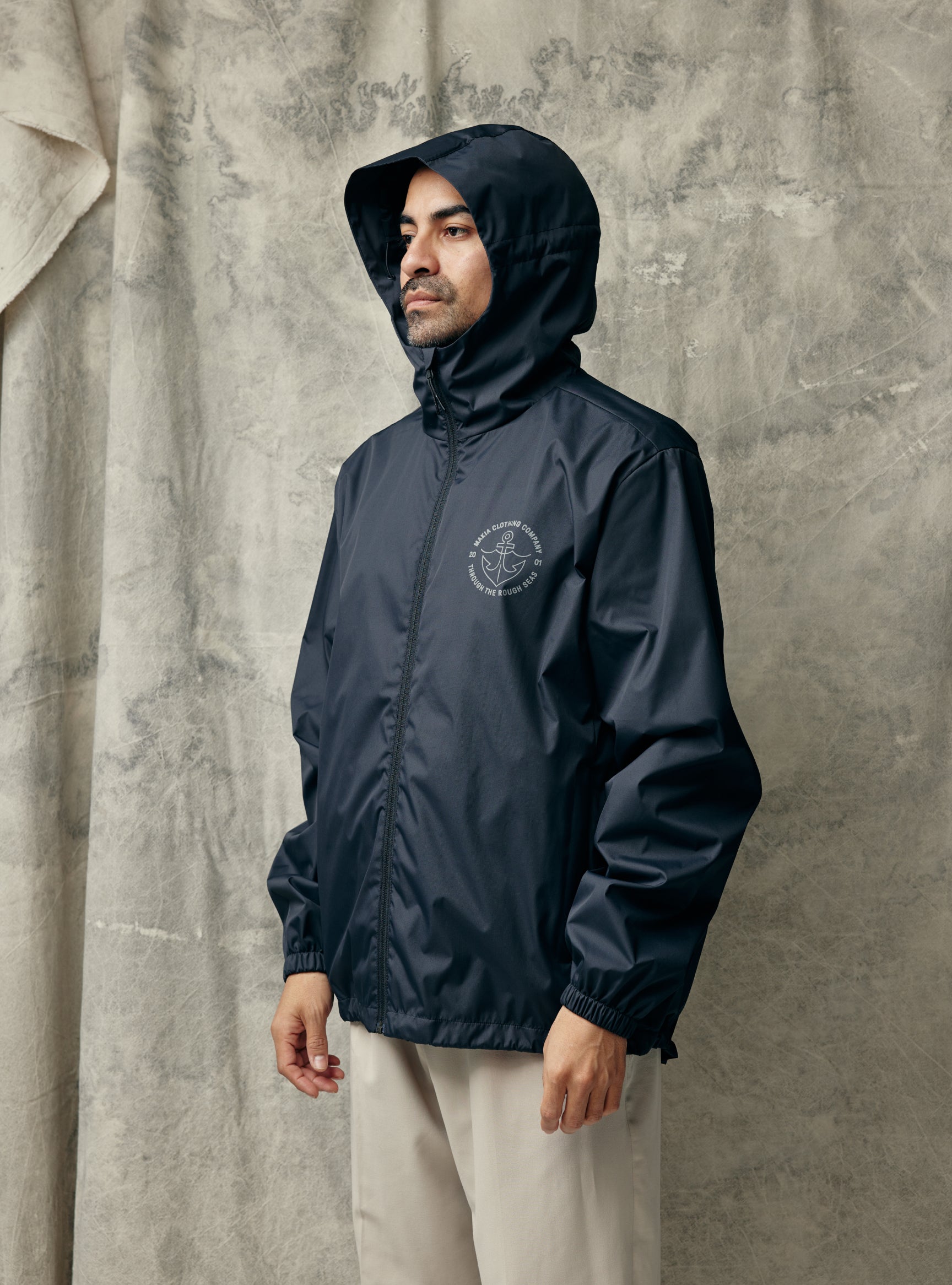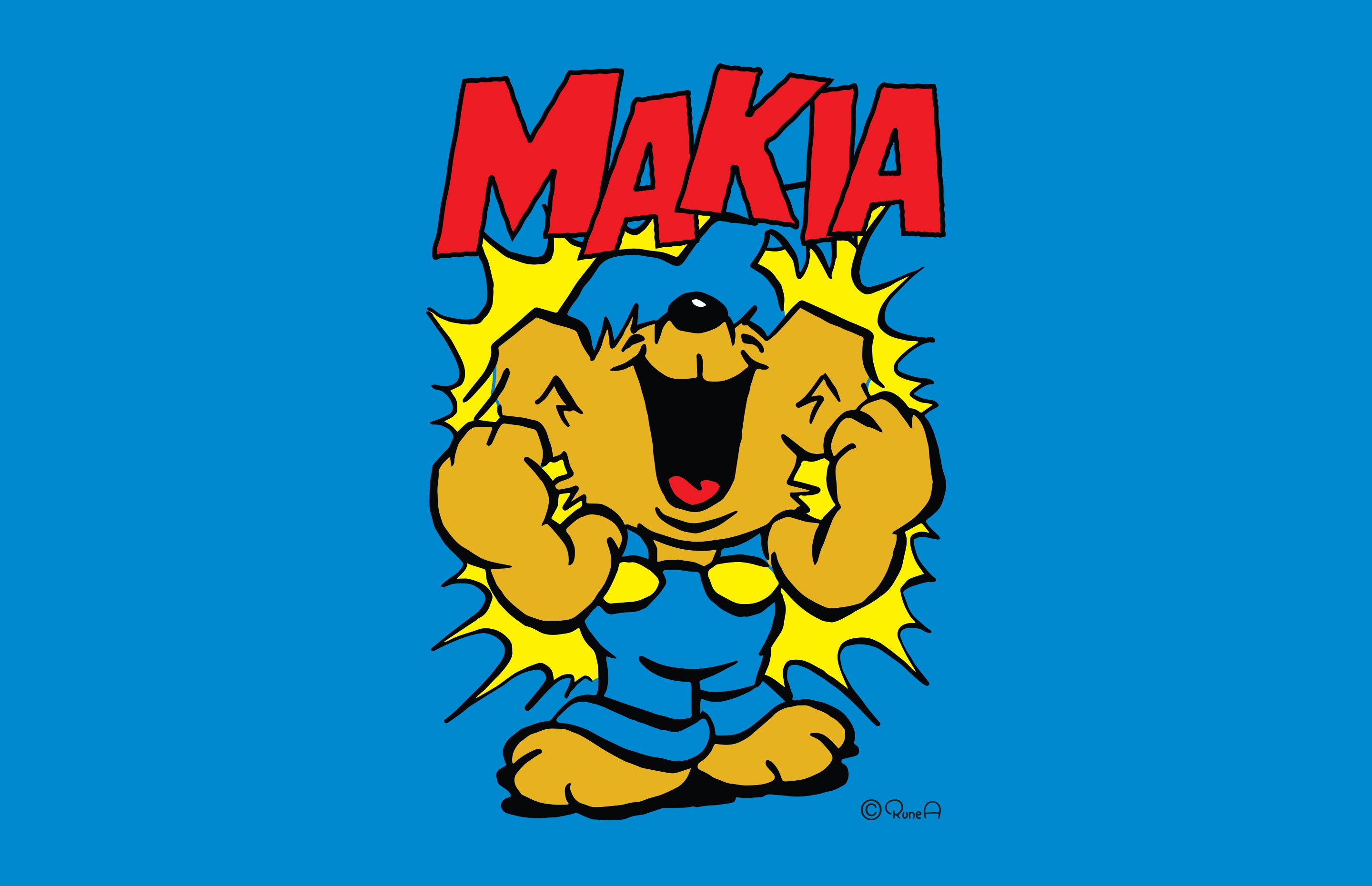
Makia & Friends - Timo Lemmetti
Timo Lemmetti’s a photographer, art director, a family man, and an all-around creative. Since spring 2023, he’s also been one of the people behind our look. Timo’s unique and almost surrealistic takes on modern spaces caught our eye, and we wanted to work with him. Here, Timo shares some of his insights behind his photography. Enjoy.
Give us a short intro to Timo.
I was born and raised in Martinlaakso, Vantaa. I got into skateboarding as a kid in the 80´s and I think it has affected my life in many ways – and still does. In the early 90’s, I got deep into snowboarding, too. Those were my only hobbies while growing up in the suburbs. Anyway, besides that, I’ve been interested in all kinds of creativity and art for as long as I can remember – especially visual stuff and music. When I found a job in the creative business, I moved to Helsinki. I have been living and working in the city for the last 25 years up to this day. Now I’m moving with my family a little bit further from the city and a bit closer to nature. I’m excited to see how that affects everything. Huh, I guess that’s my 47 years on Earth summed up.
How did you end up working with photography?
I think I would do paintings if I were a better painter. I ended up doing photography because I feel it’s the easiest way for me to express myself. I’m lazy in theoretical learning but I can be pretty diligent when I'm doing my own thing. I’ve been working with visuals for the last 25 years, but photography is not what I actually do in my day job as an Art Director. I’ve had cameras for at least half of my life, but I got really active about six years ago. I think I had been searching for a way to do something completely own and free from rules and this certain type of photography was the answer I had been looking for. At first, it was a lot of trying, failing, and repeating. Living in the era of smartphones sure helped a lot. I was able to shoot any time I thought I saw something interesting, so the evolution didn’t take ages. I remember my kids making jokes about me pointing my phone at everything all the time. In that searching and learning era, I got my best shots because I was very active and experimental at the same time. Now I’m way more efficient, but the flip side is the lack of random experimenting and sheer quantity of shots.
How did you develop your style?
I’ve been fascinated by classic surrealist paintings since I was a kid. Later, I found something similar in photography by Hipgnosis design group and Storm Thorgerson’s work with 70's prog rock album covers. Everything with a certain liminal mood usually strikes me, especially in films. The other half comes from my love for architecture and other structural forms. So, when I started actually nailing shots with that type of feeling and form, I pushed it. At first, I could see opportunities only when I was traveling in different countries, but then I discovered that there are a lot of photogenic buildings and places also in Helsinki. I just had to frame my photos in a way that cropped out the unwanted mundane elements – and then wait for that certain type of light and color of the sky, which is the tricky part in Finland. That way, I found my minimal/liminal style and usage of negative space which allowed me to see familiar places and views from a different perspective. I think that living almost ten years in Jätkäsaari also affected my style a lot. Not just the post-apocalyptic contract sites, but the beautiful power plants and the old industrial architecture in Hernesaari and Salmisaari nearby.
What makes a good shot?
Well, the feeling comes first. Without “that something”, this kind of photo is just a composition. That is, of course, highly subjective. And that’s what I love about art. There are rules, but also a lot of things that cannot be explained. If you can nail down that 'something' then rules stop applying. It's the same with all arts, and in this world of made-up rules, that’s really something.
What else? I’m not going to say anything about composition, since that is so obvious. I’m going to pick the light/dark balance as one of the most important things to me. Someone once said that if my photos were turned into black and white, then most of them would not work at all. That is true because I like my photos rather flat, in a way. I think it helps in creating a somewhat unreal or dream-like mood, which I always chase. Technically speaking, it means that I want the foreground, the object, and the background to have about the same density so that they create kind of a uniform surface. It’s hard to explain, but you’ll get it if you look at my photos.
Some insights on the tools of the trade?
A good camera helps in challenging circumstances, and different focal lengths affect how you see things. Then again, the best camera is the one you are carrying with you, and I’ve taken way too many good shots with my smartphone to claim anything else. That being said, I love my Leica Q. It’s super simple to use, sturdy as a tank, and the image quality and character are just what I like. So that is my setup. Plus a few basic filters.
Any pro tips to share with us?
This is the hardest question. I guess I’ll say what I always do: find your own thing and push it. It might be something technical or just a different perspective on framing, or whatever. There will always be people telling you that you are doing it the wrong way but try not to care too much if you enjoy it.


